The design of the front side of the building is one of the most important stages of construction. It is the appearance of the building that makes it possible to determine its style, the financial wealth of the owner, therefore, the choice of materials for finishing the facade of a private house must be approached responsibly. After all, besides the decorative function, the cladding plays an important role. It protects the walls from atmospheric precipitation, sunlight, provides additional heat and sound insulation, and contributes to the formation of a healthy microclimate inside the building.
Content
- Facade finishing requirements
- Materials for finishing the facade of the house
- Facade plaster: types and their features
- Mineral plaster
- Acrylic plaster
- Silicate plaster
- Silicone plaster
- Facing brick: advantages and disadvantages
- Clinker
- Ceramic
- Hyperpressed
- Silicate brick
- Variety of facade siding
- Vinyl
- Wood
- Metal
- Cement
- Natural and artificial stone
- Facade porcelain stoneware
- Pros and cons of sandwich panels
- Ventilated facades
- Facade cassettes
- Thermal panels for the facade
- Glass Panels
- Facade plaster: types and their features
- What materials and how to combine correctly
- What to look for when choosing a material
- Stylistic and color design
- Price and quality
- Conclusion
Facade finishing requirements
All facade systems are divided into two main categories: non-ventilated, ventilated. The first of those listed do not imply the presence of a ventilation gap between the cladding and the wall. The finishing material is fixed with an adhesive mixture, mortar, plaster. The second structure is also called hinged. There is a space between the decoration and the building for air circulation.
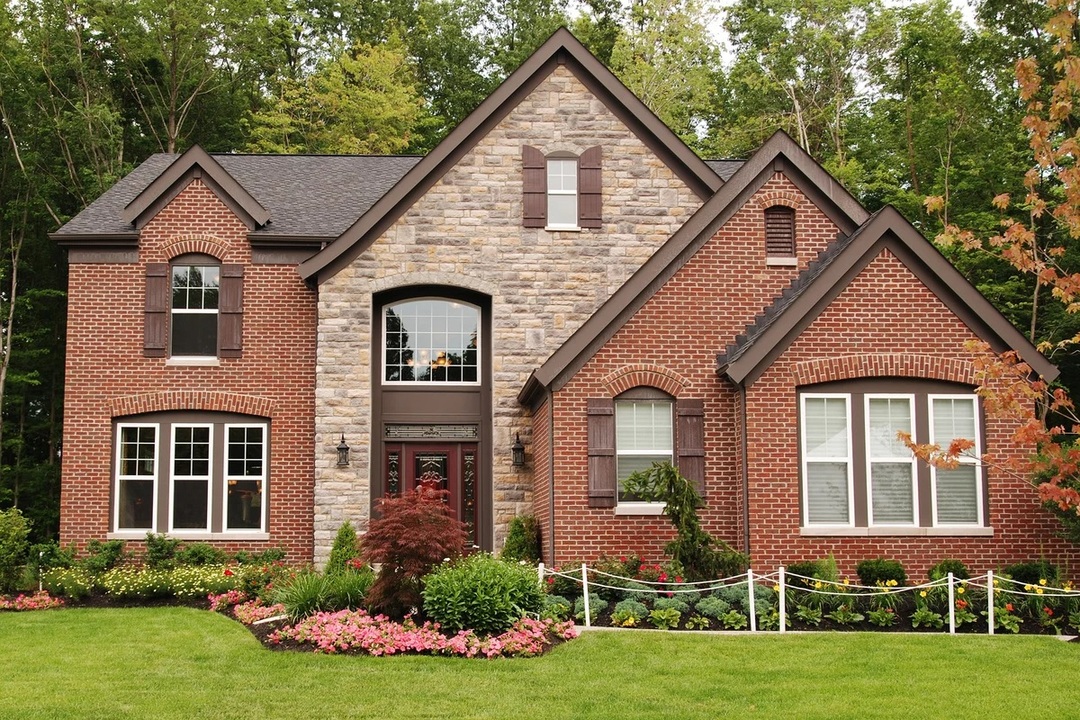
The construction market offers a huge number of different materials that can be used for facing the front side of a residential building. The choice of the appropriate substance directly depends on what the building itself is made of. However, all building materials must meet certain requirements, namely:
- Attractive appearance. This criterion plays a fundamental role.
- Price. You should not save on exterior decoration, otherwise it will not last long.
- Durability. A good coating has been decorating a country house for more than 10 years, without requiring replacement every 3-4 years.
- Strength. The cladding must withstand all the loads exerted on the structure, including possible mechanical damage.
- Biological resistance. The coating must be inert to the formation and spread of fungi and mold.
- Environmental friendliness. The ability not to harm both the surrounding nature and living people.
- Resistant to atmospheric precipitation. The building material should not be washed out, eroded under the influence of air currents, destroyed and changed color from the sun's rays.
- Moisture resistance. It is unacceptable that the coating absorbs and allows moisture to pass through.
- Water vapor permeability. According to the laws of construction, it grows from the inner materials of the wall to the outer ones.
- Fire resistance. Ideally, you should choose non-combustible raw materials.
- Frost resistance. Ability to withstand temperature fluctuations without loss of basic performance.
- Ease of maintenance. The surface should be easy to clean from dirt.
- Resistance to efflorescence. When moisture gets on the surface, the appearance of mineral salts is unacceptable, which not only spoil the appearance, but also create a serious load.
- Resistance to aggressive environments.
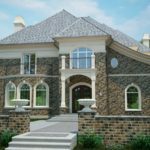
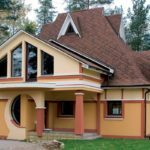
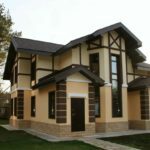
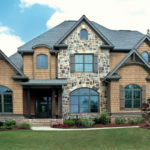
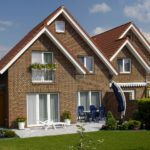
Materials for finishing the facade of the house
The choice of the most suitable coating depends on many factors. Firstly, the design and elements used for interior and exterior decoration must complement each other harmoniously. Secondly, the style of the building being created, its exterior must correspond to the general space of the site, be combined with the rest of the existing buildings on it. Thirdly, it is necessary to take into account the features of the structure itself, which affects the type of facade.
Depending on the substances used for cladding, all facades can be divided into two main groups: wet, dry. The first are created with the obligatory use of building mixtures, they ensure the integrity of the structure. The latter imply the fastening of finishing materials with bolts, dowels, and other fasteners. This type of finish is much simpler, installation can be carried out at any time of the year.
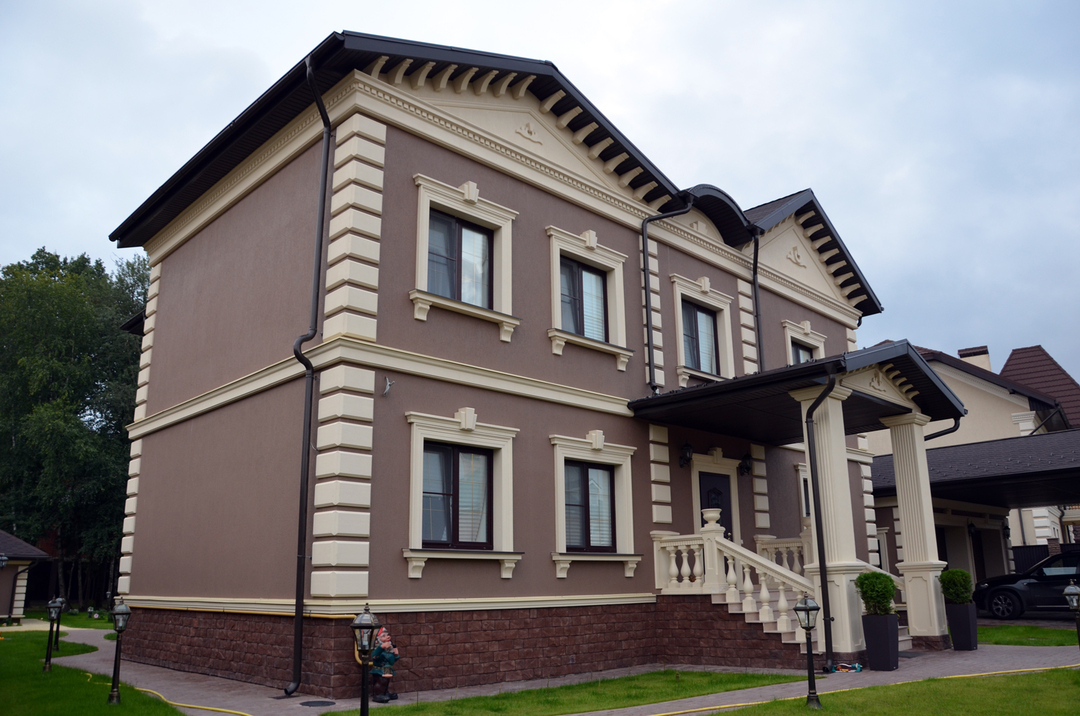
The list of finishing materials for cladding private houses is very large. For work, you can use both traditional raw materials and modern ones. The first include brick, plaster, stone. The second - block house, siding, various panels, etc. For clarity, let us dwell in more detail on the main building materials, learn about their advantages and disadvantages.
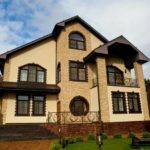
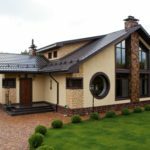
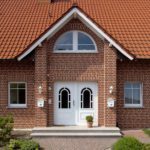
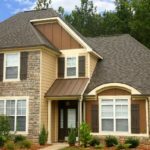
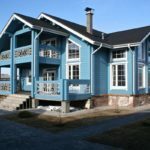
Facade plaster: types and their features
Plaster, as a facing material for the facades of houses, has been used for a long time. This is an inexpensive, environmentally friendly coating that can be used to create an attractive, original exterior of the building. The process of applying it is quite simple, but it will take experience to do the job well. Indeed, if the technology is violated, the plastered layer can crack, peel off.
The construction market offers many new materials for decorating facades, but wall plastering does not lose its relevance. Therefore, manufacturers are constantly developing their production, creating new mixtures. There are several types of plaster solutions that differ in different characteristics. The main of these parameters is composition.
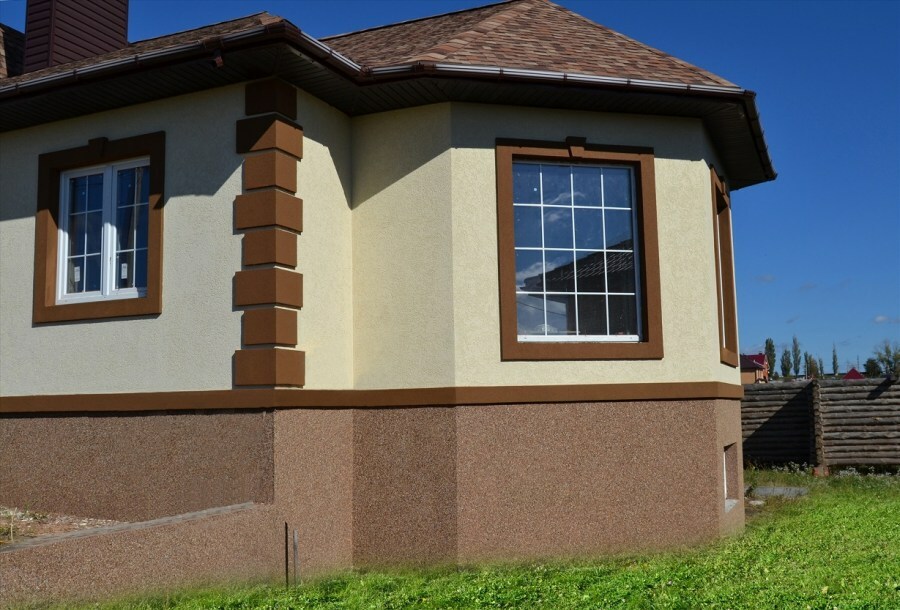
Depending on the components used in the manufacture, the following types of decorative plaster can be distinguished: mineral, acrylic, silicone, silicate. Each of the listed options has its own performance properties. To determine the choice of a specific type, it is necessary to consider the features of all mixtures, note their strengths and weaknesses.
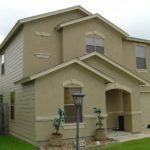
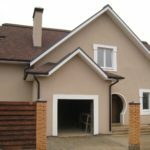
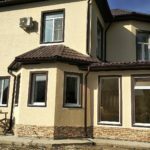
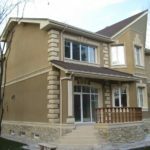
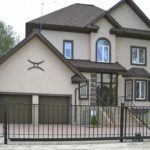
Mineral plaster
Due to its composition, the building mixture is also called cement. High quality Portland cement and lime are used as a binder. In addition, the solution necessarily contains a filler, represented by one of the following substances: quartz, marble, mica, clay, ceramics, glass. The size of the additive fractions plays an important role. For outdoor work, medium (fraction - 1.5-3 mm), large (3.5-4 mm), rough texture (up to 5 mm and more) types of plaster are used.
The composition of the mixture necessarily contains various additives that increase its resistance to ultraviolet radiation. The main advantage of mineral solutions is their high strength. Other advantages include:
- simple application technology;
- good vapor permeability, no condensation appears on the surface of the walls;
- the coating is not afraid of precipitation;
- resistant to temperature changes;
- can be applied to almost any surface;
- it is an environmentally friendly material;
- non-flammable substance;
- has a low cost;
- the surface is easy to care for and clean;
- does not crumble over time;
- has a long service life;
- allows you to create a uniform coating;
- fungi and mold do not start in the cladding.
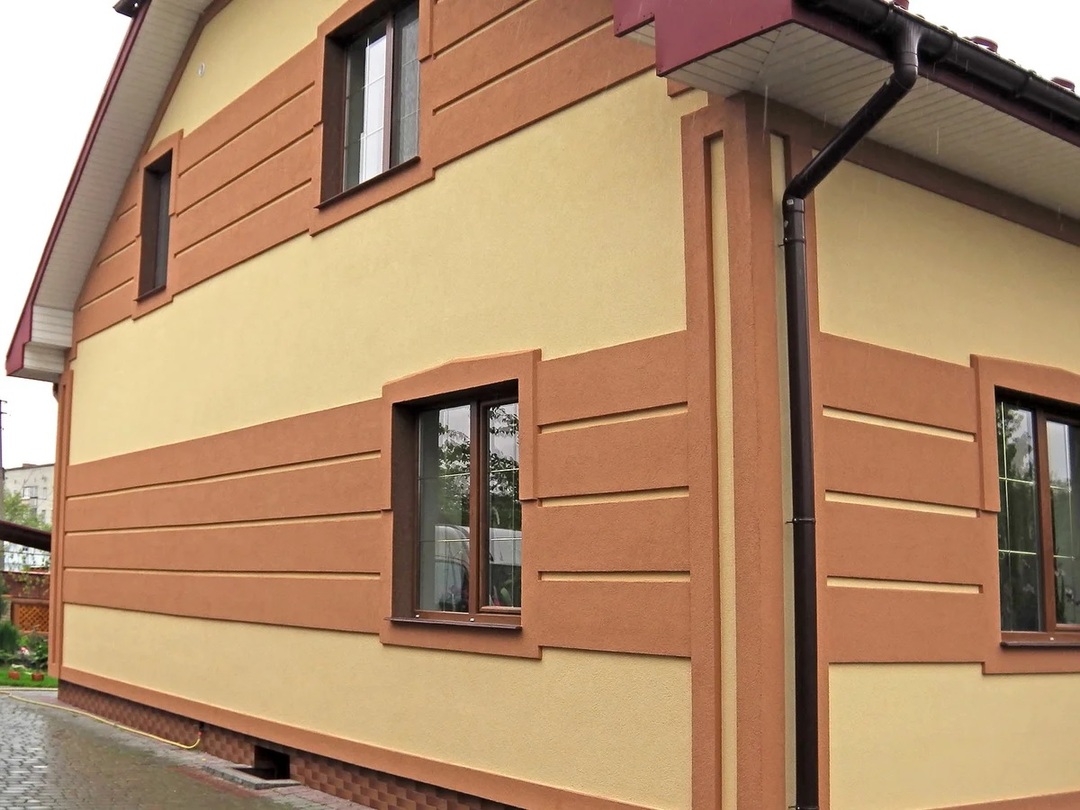
The disadvantages include:
- low elasticity, can be applied only after complete shrinkage of the building;
- does not tolerate vibration;
- when preparing the solution, it is necessary to strictly observe the recipe, otherwise high performance will be lost, the abrasion of the applied layer will increase several times;
- the mixture dries quickly, so it should be kneaded in small portions;
- must be stored in a dry place.
Due to the small choice of color solutions, you can give the desired shade with the help of additional staining. Painting can be performed only after the applied layer has completely dried (after 2 days).
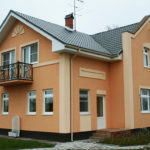
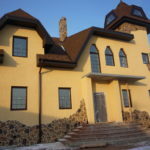
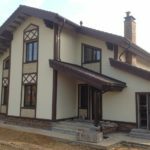
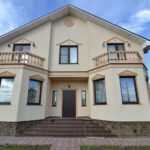
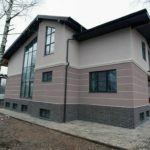
Acrylic plaster
The solution contains about ten different components, the main one is acrylic resin. It is a ready-to-use water-dispersion mixture that does not require mixing. This type is devoid of the main disadvantage of mineral plaster - it is elastic, therefore, even after the building shrinks, cracks do not appear on the walls. It is an ideal choice for those who want to save money on finishing and facade insulation.
Mixes can be used to work immediately after purchase. If necessary, you can additionally perform tinting, add special antiseptics that prevent the development of fungus and mold. To increase moisture resistance, add water repellents. Some manufacturers use special additives to improve performance. For example, titanium dioxide increases resistance to environmental influences. The main advantages of this type are:
- long service life, not less than 15 years;
- good vapor permeability;
- plastic;
- moisture resistance;
- frost resistance;
- high impact resistance, resistance to mechanical stress;
- environmental Safety;
- easy to clean;
- reasonable price and economical spending.
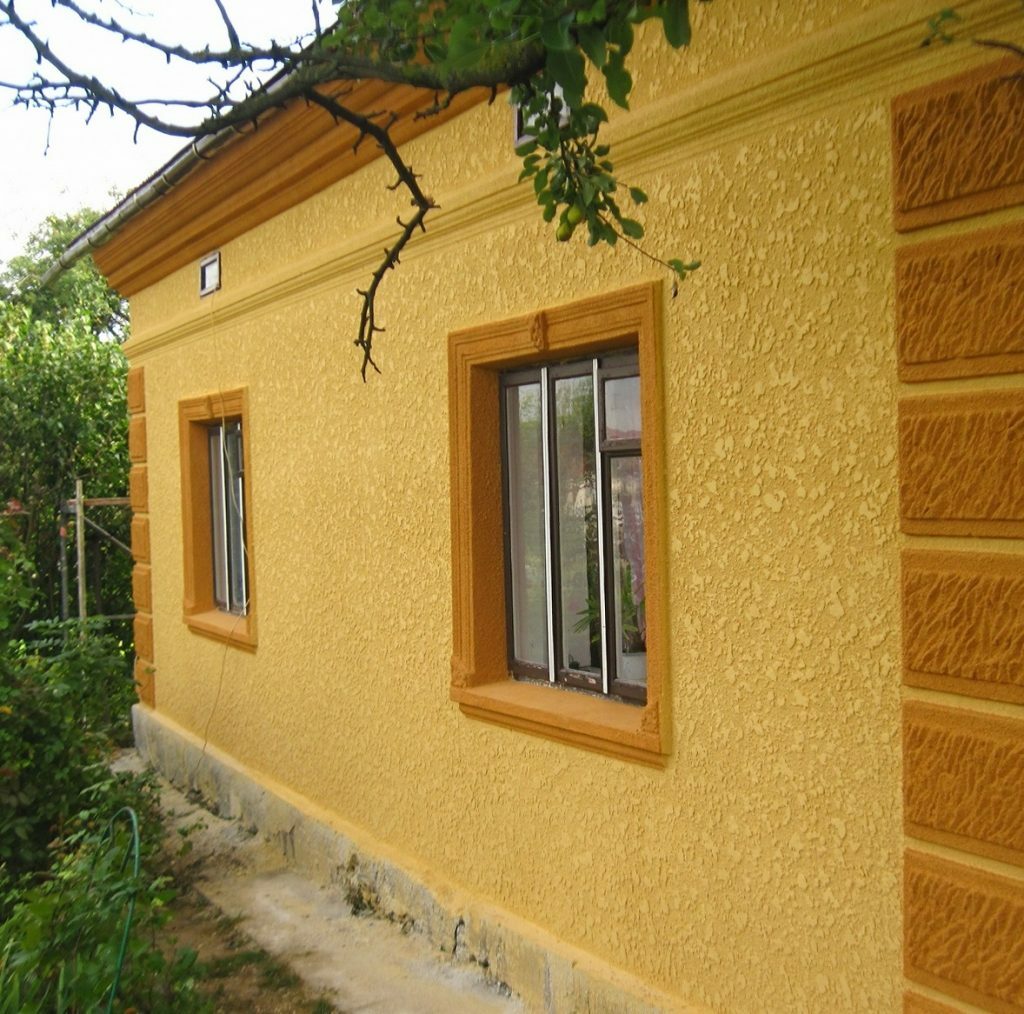
Flaws:
- flammability, cannot be used with some types of insulation, for example, mineral wool;
- dries quickly, it is necessary to work with the solution quickly;
- low electrostaticity, due to the zero electric potential dust and fine dirt stick to the surface.
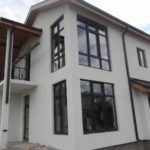
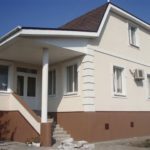
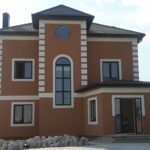
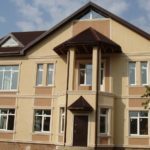
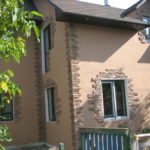
Silicate plaster
This type of plaster, like acrylic mortars, is sold ready-made. The main component is liquid glass. The mixture includes: an aqueous dispersion of potassium and sodium silicates, mineral filler (marble chips, quartz, small stones, etc.), modifiers, pigments for imparting a specific color. It is one of the best materials for facade decoration, but it is quite expensive.
There are various types of silicate mixtures, but they all differ from each other only in the fillers that are part of an almost unchanged composition. It is preferable to apply the solution on concrete, brick, cinder block walls. The time of complete crystallization reaches 14 days. It is strictly forbidden to mix silicate plaster with other types of finishing materials. The coating has many advantages:
- elasticity, not afraid of building shrinkage, no cracks appear on the surface;
- ease of cleaning, when dirt appears, it is easily washed off with water;
- high vapor permeability;
- ecological cleanliness;
- has no smell;
- waterproof, the substance can be applied to porous and loose walls;
- is durable;
- has good adhesion.
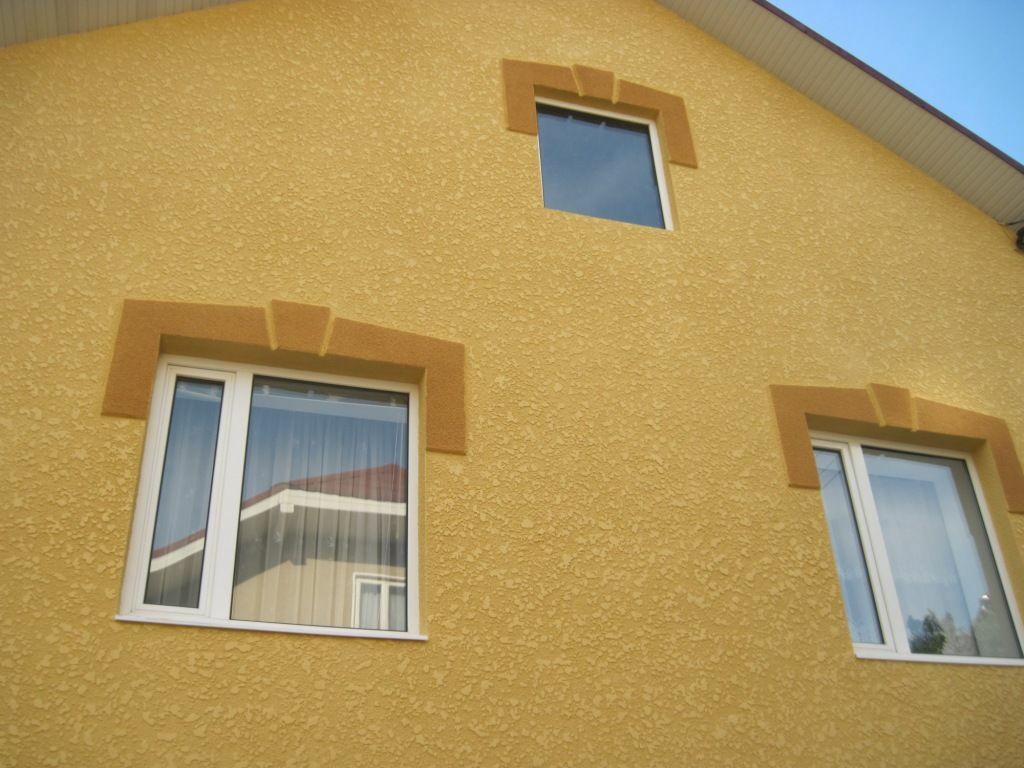
Flaws:
- a small selection of colors;
- before applying to the wall, it must be pre-treated with a primer;
- fading in the sun, especially dark colors;
- the composition sets quickly, within 3 hours;
- high price.
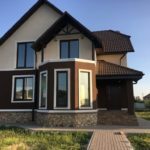

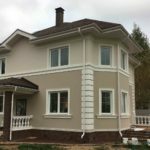
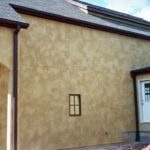
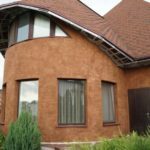
Silicone plaster
The plaster contains the following components: silicone emulsified resins, mineral fillers, functional additives to improve performance. Depending on the base, the following varieties of this substance are distinguished: silicate-silicone (potassium liquid glass is added), acrylic-silicone (acrylic polymers), siloxane (thermoplastic silicone).
Solutions made with silicone emulsions can be applied to almost any surface, except metal. Like the previous counterparts, the mixture is sold ready-made, so to get started, it is enough to open the container. Many characteristics are identical to silicate compounds, but this type of plaster is much more elastic, adhesion properties are higher. Also among the main advantages are:
- strength, the coating practically does not lend itself to mechanical stress;
- resistance to ultraviolet radiation;
- hydrophobicity;
- fire resistance;
- resistance to aggressive environments and chemicals;
- not afraid of temperature changes;
- prevents the development of microorganisms;
- a wide selection of various shades;
- easy to clean with water;
- the coating is air permeable;
- long service life from 25 years.
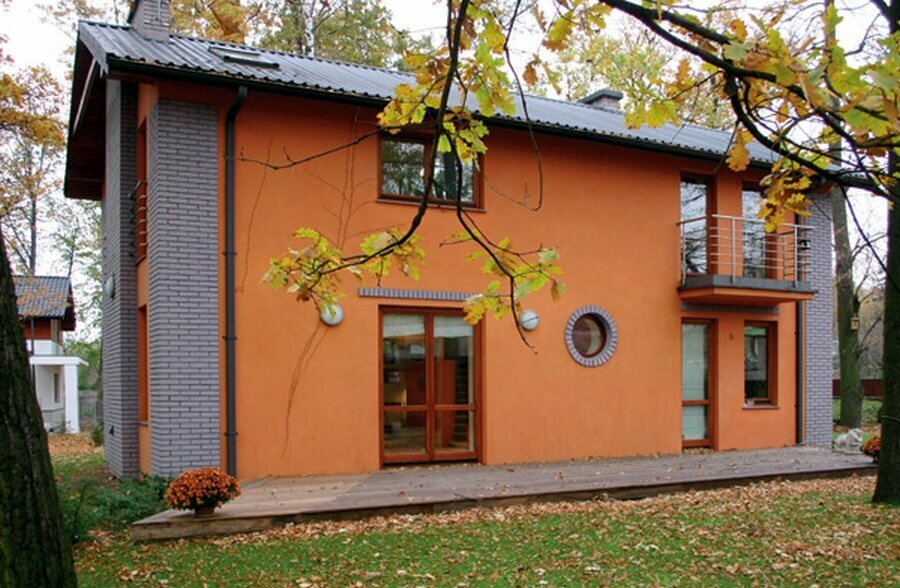
The only drawback of the mixture can be called the high cost, but the long-term operation of the material completely covers it. Also, the disadvantages of this substance include the complexity of dismantling work.
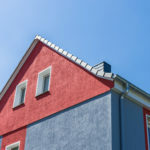
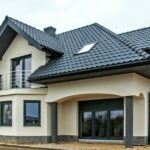
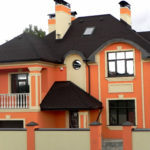

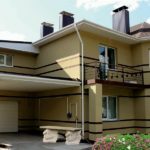
Facing brick: advantages and disadvantages
Facing (facing) brick is a traditional material used to decorate the facade. In appearance, it is similar to ordinary building briquettes, but has a decorative bias. Durability is the main advantage over other types of cladding. It allows you to create a powerful fence around the house that can withstand almost any mechanical stress, precipitation, temperature changes.
The front faces of the briquettes can have a smooth or embossed surface. The facing material is available in various colors. Depending on the raw materials used for the production, ceramic, clinker, hyper-pressed, silicate options can be distinguished. Each of the listed species is characterized by certain properties, has its own advantages and disadvantages.

Another important feature of the material is its hollowness. For cladding, the presence of voids is important, this allows you to reduce the total weight of the masonry, reduce the pressure on the supporting structures, and help retain heat. Therefore, solid models are practically not used in work, with the exception of hyper-pressed bricks, which, by definition, by the manufacturing method, cannot be hollow.
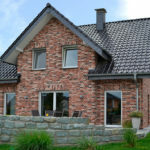
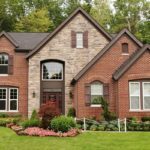
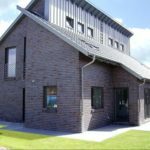
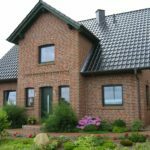
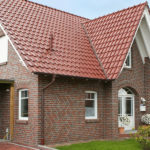
Clinker
In the production of clinker, "skinny" clay is used, which contains an increased amount of quartz sand. To improve the properties, volcanic basalt, which is inherently natural glass, can be added to the composition. The firing temperature is 1900 °, bringing the clay closer to the melting point. Such processing makes the brick durable, when tapped, it rings (clinker in translation - ringing).
Advantages:
- resistance to mechanical damage;
- poor moisture absorption;
- low porosity, in addition to water resistance, this indicator prevents the appearance of moss on the front surface;
- long service life (over 100 years);
- resistance to aggressive environment.
Flaws:
- high specific gravity;
- low vapor permeability;
- high density, which leads to large heat losses;
- complex styling process;
- high price.
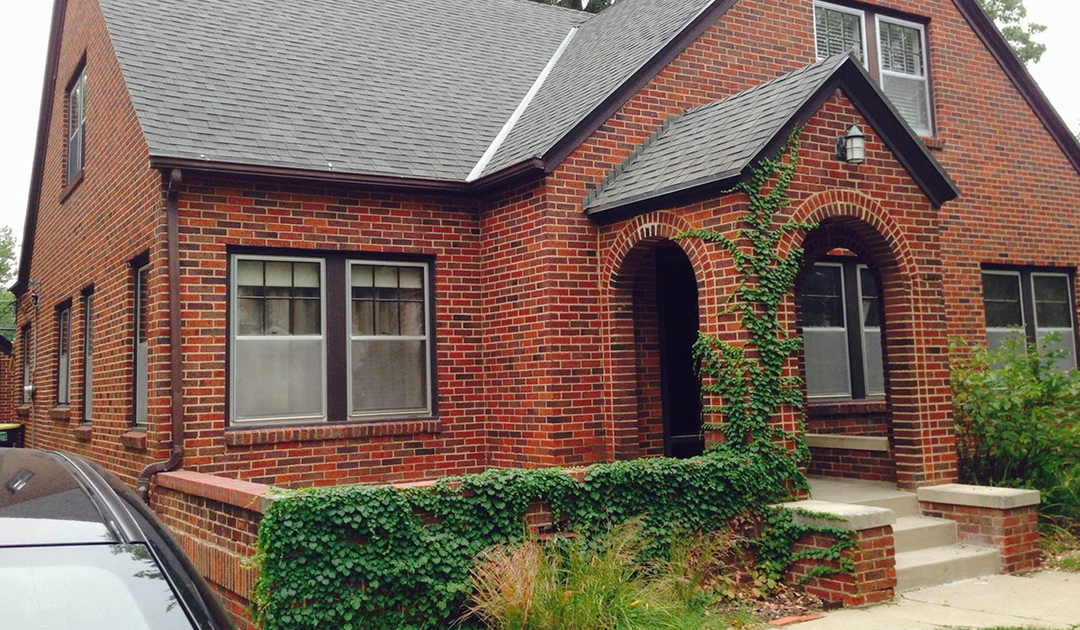
Ceramic
Red brick is made from fired clay. This is the cheapest type of cladding in comparison with other counterparts. The production technology is quite simple: the clay mined in the quarry is crushed, loosened, and if necessary, sand is added to it. The resulting mixture is formed into briquettes, they are dried, and then fired in an oven at a temperature of 1100-1300 °. To achieve a decorative effect, the material can be painted, textured, or patterned.
Advantages:
- strength;
- frost resistance;
- ecological cleanliness;
- durability;
- fire resistance;
- good soundproofing qualities;
- a wide variety of sizes and textures;
- low cost.
Flaws:
- possible formation of efflorescence;
- fragility, vulnerability to mechanical stress;
- hygroscopicity;
- a small selection of colors, from light ocher to dark brown;
- on sale you can find low-quality products.
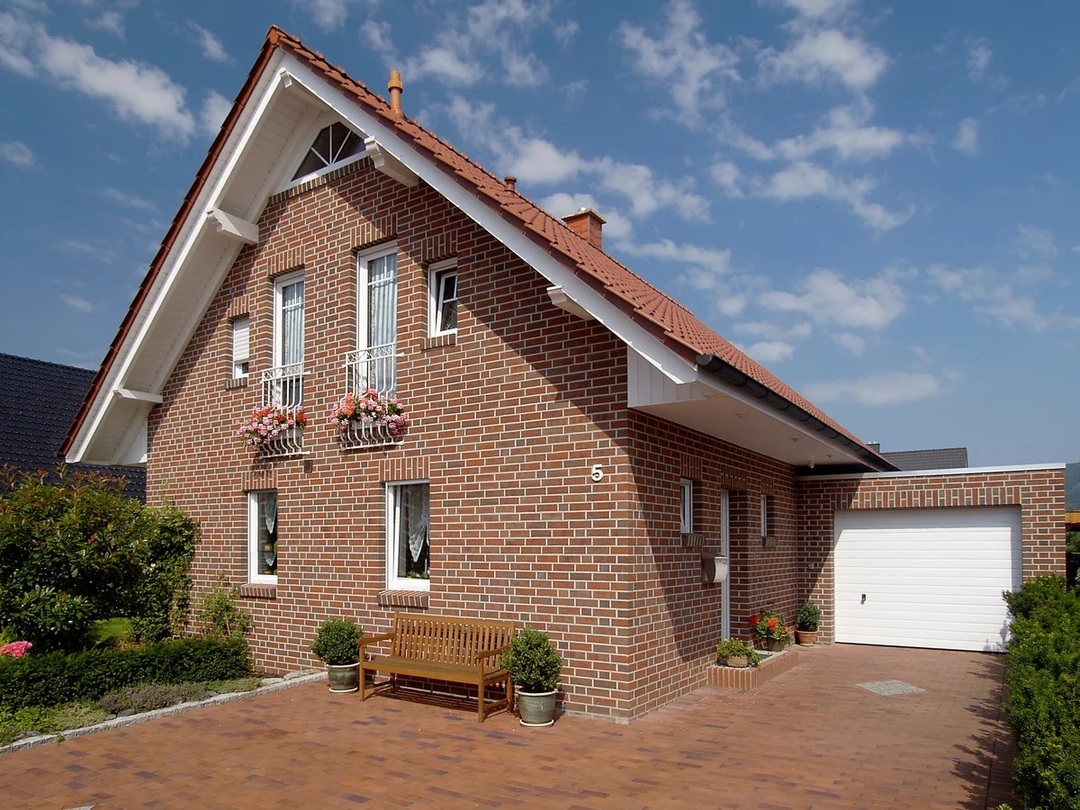
Hyperpressed
The building material is characterized by high strength and correct geometry, in fact, it is an artificial stone. For the production of bricks, cement, limestone, industrial waste (ash from power plants, a product of processing of mining and processing industrial enterprises, slags from boilers and furnaces, other). The main difference from previous analogs is the absence of firing.
Advantages:
- resistance to aggressive environments;
- durable;
- in terms of strength, it significantly exceeds silicate and ceramic products;
- has the correct geometric shape, ideally smooth surface of the edges;
- environmentally friendly raw materials;
- allows you to make a verified, even masonry.
Flaws:
- heavy weight, exerts a serious load on the foundation, therefore it is rarely used for wall decoration, mainly for decorating the basement;
- briquettes must be dried before laying;
- has a high thermal conductivity;
- may lose its color over time;
- high price.
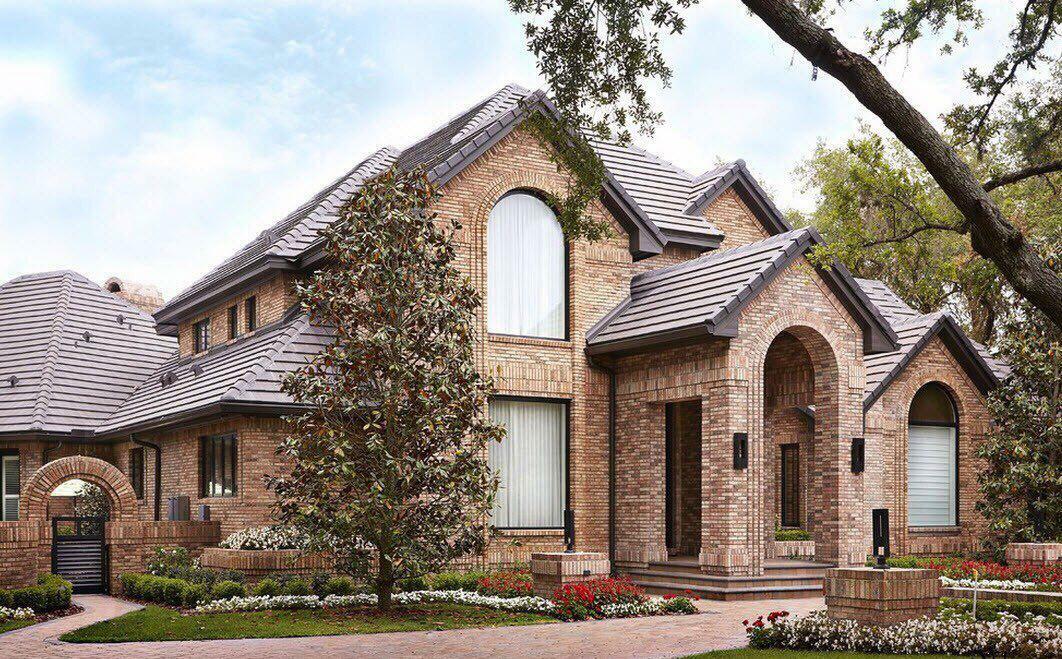
Silicate brick
Sand-lime brick is a regular shape briquettes made of quartz sand and lime in proportions of 9: 1. Additionally, additives and colorants may be present in the mixture. To give strength, the material is heat treated in special autoclaves. The main drawback of the material is its weak resistance to water, easily absorbs moisture, therefore it is rarely used for cladding, requires additional surface treatment.
Advantages:
- high strength and density;
- correct geometric shape;
- wide range of colors;
- the cleanest in toxicological terms;
- good sound insulation;
- efflorescence does not appear on the surface;
- relatively low cost.
Flaws:
- fear of moisture (water absorption over 15%);
- heavy weight;
- low thermal insulation;
- low frost resistance.
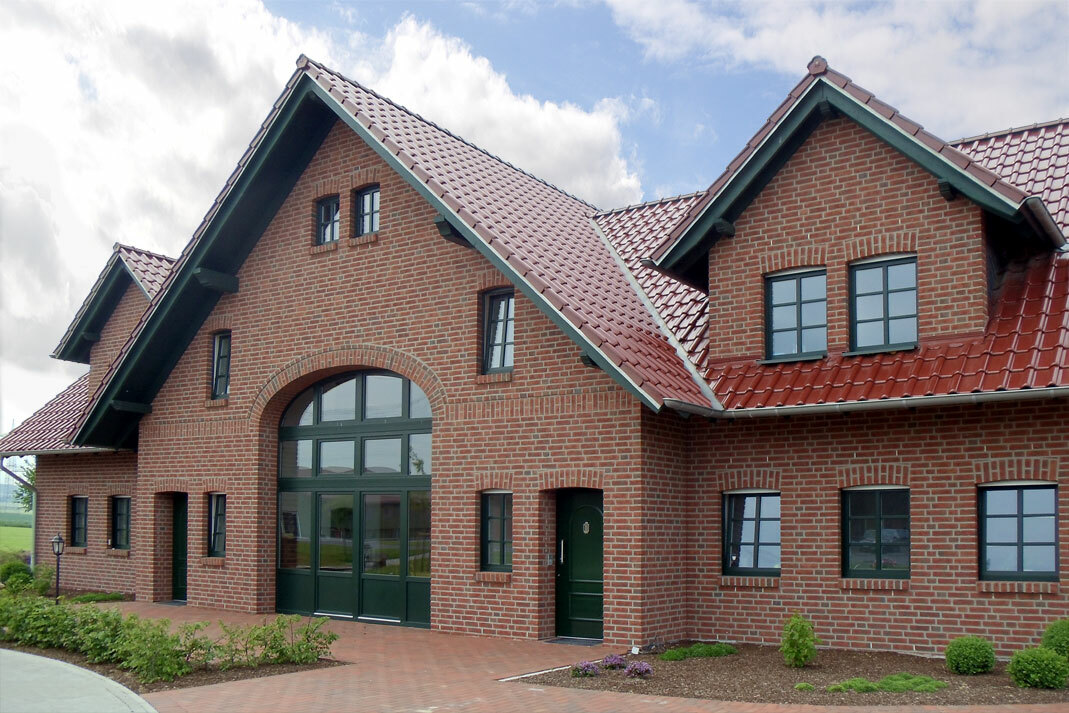
Variety of facade siding
The new generation product has recently become widespread on the market. Facing siding can be of different sizes and include different components in its composition. It is used as a finishing material for cladding facades outside buildings. The material is popular for its ease of processing and easy installation. No special hardware is required for installation. There are several types of outdoor cladding, each with a different finish and lifespan.
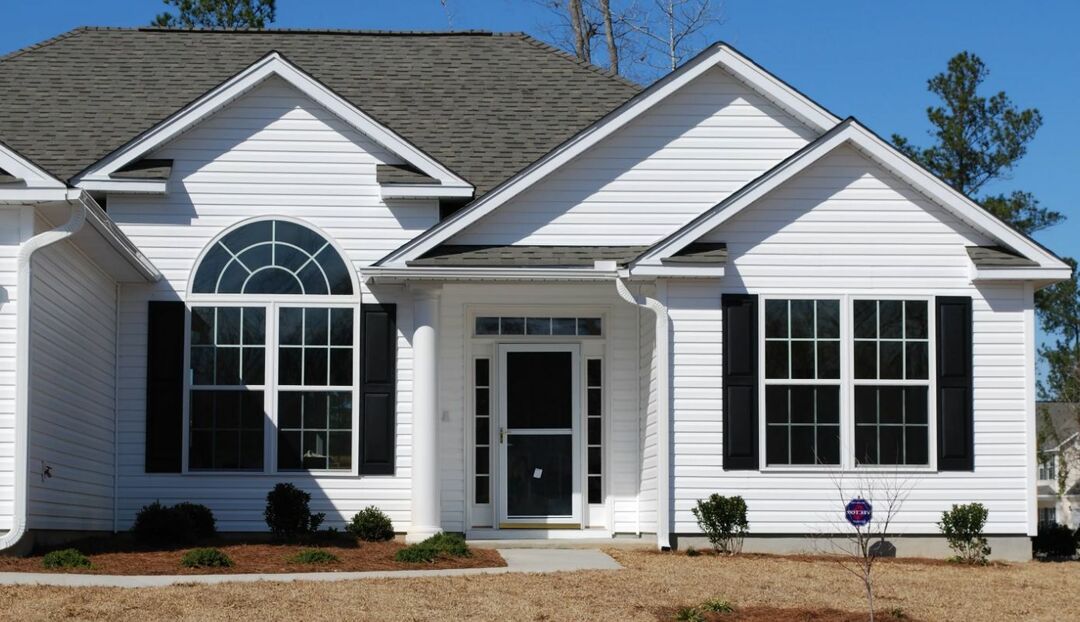
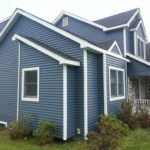
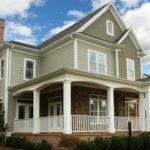
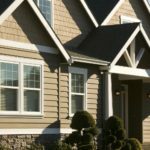
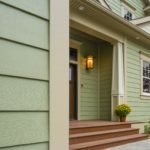
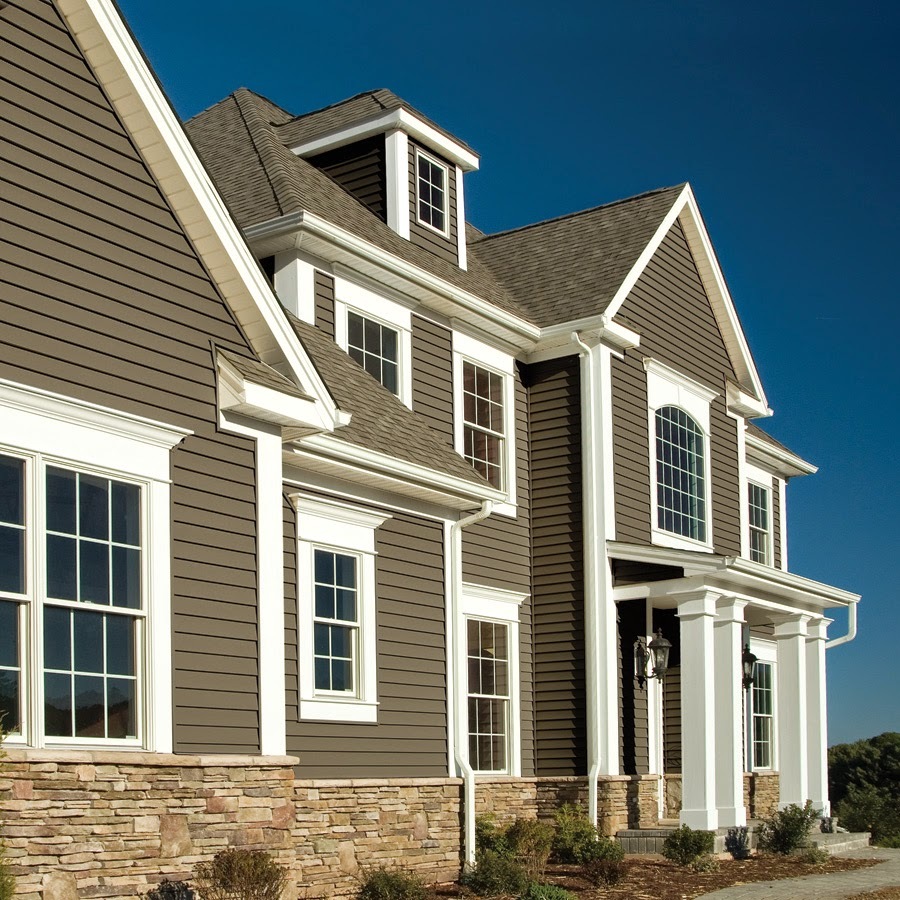
Vinyl
Such siding panels are made of PVC. To improve the characteristics of the material, special additives are added. The demand for such material is much higher than for other panel models. This is due to the following positive properties:
- Durability. Service life 15-50 years;
- Lack of electrical conductivity;
- Resistance to corrosive processes;
- Ability to withstand very low and high temperatures. The material does not deform at rates from -50 to + 50 ° C;
- Light weight and pliability during processing, which greatly simplifies installation work;
- High level of decor.
Despite the advantages, there are some disadvantages to consider when choosing this finish option. Products made of polystyrene have a low resistance to ultraviolet radiation, their top layer quickly burns out, which affects the external perception of the whole composition. When laying, it is imperative to leave expansion gaps, especially in the corners, so that when heated, the panels can expand freely without deformation. The disadvantages also include the toxicity of PVC.
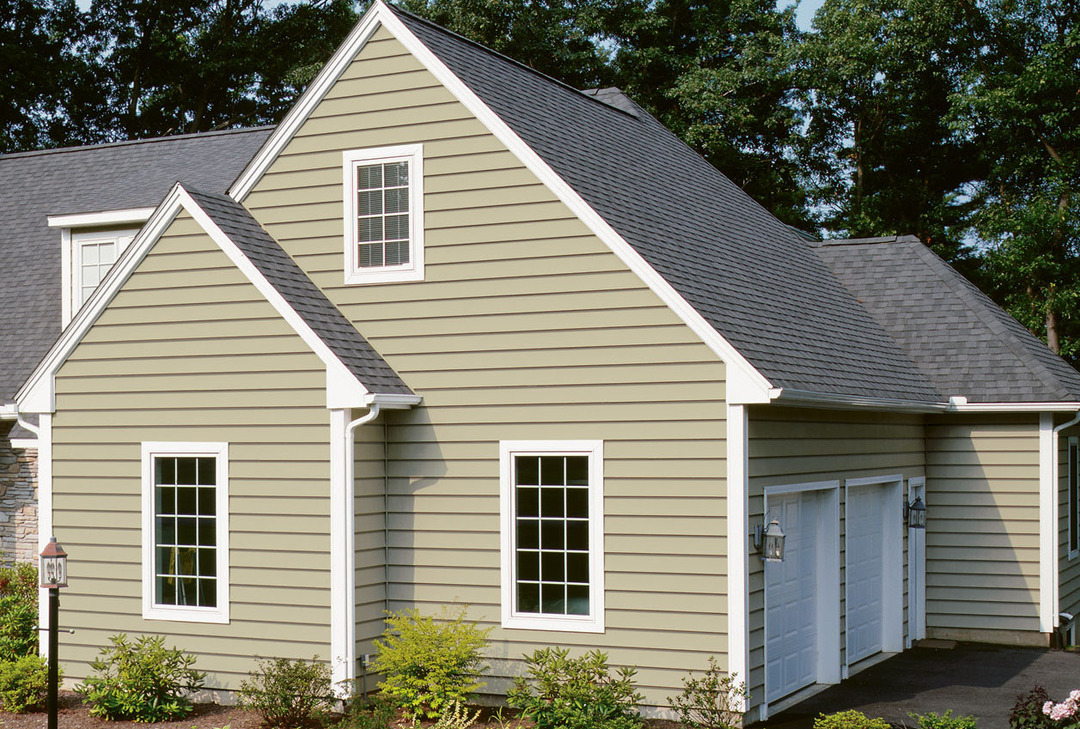
Wood
Expensive but the most attractive type of facade siding. In order for such panels to serve for a long time and look attractive, they are treated with special impregnations before installation. Glued wood board is highly environmentally friendly. It is absolutely safe for human health and the environment. The coating provides excellent vapor exchange and increases the energy efficiency of the building.
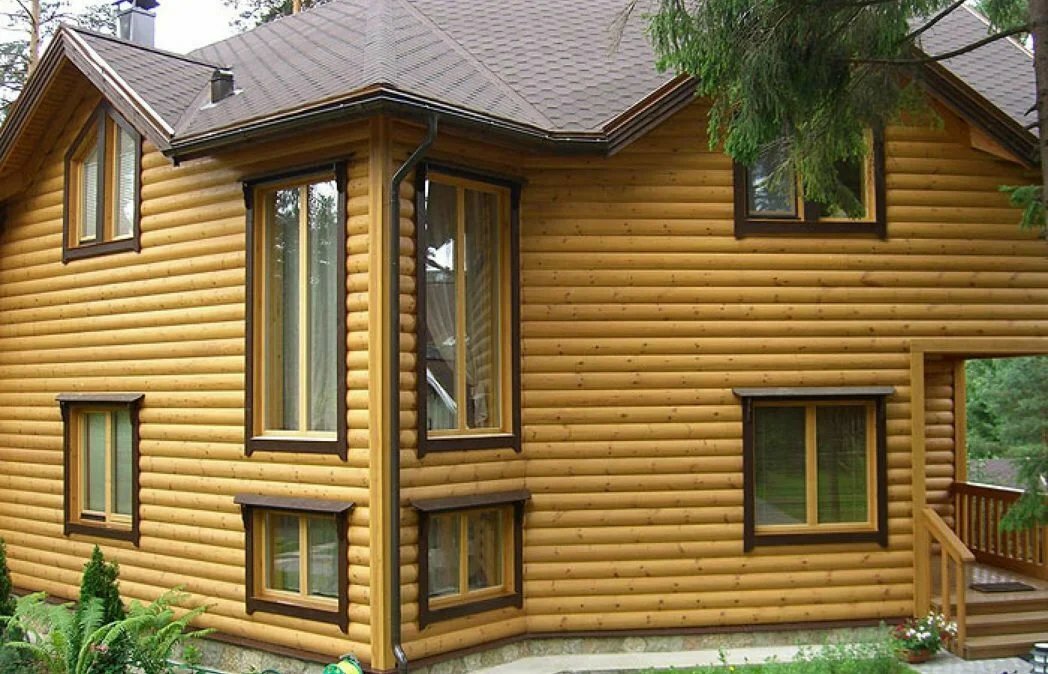
Metal
For the manufacture of such siding, sheets of metal are taken that have undergone rolling and stamping. The resulting parts are treated on both sides with a decorative polymer and protective coating. The following types of products are used for facades:
- Aluminum metal siding. Details made of corrugated board are lightweight and highly decorative. They are durable, do not harm the environment;
- Galvanized steel. The facade material made of galvanized sheet is covered with protective compounds, which makes it resistant to the influence of external factors.

Cement
Finishing elements can be fiber cement (concrete) or asbestos cement. In the first case, the material consists of sand, cement and cellulose fiber. Thanks to this composition, the weight of the finished parts on the half-timbered timber is reduced and their reinforcement increases. The coating has the following characteristics:
- Resistance to temperature extremes;
- Durability;
- Resistance to burning and smoldering;
- Convenient size of parts.
Asbestos-cement elements are not particularly widespread, since they can have a negative impact on human health. But modern manufacturing technologies make it possible to partially reduce the harmful effect.
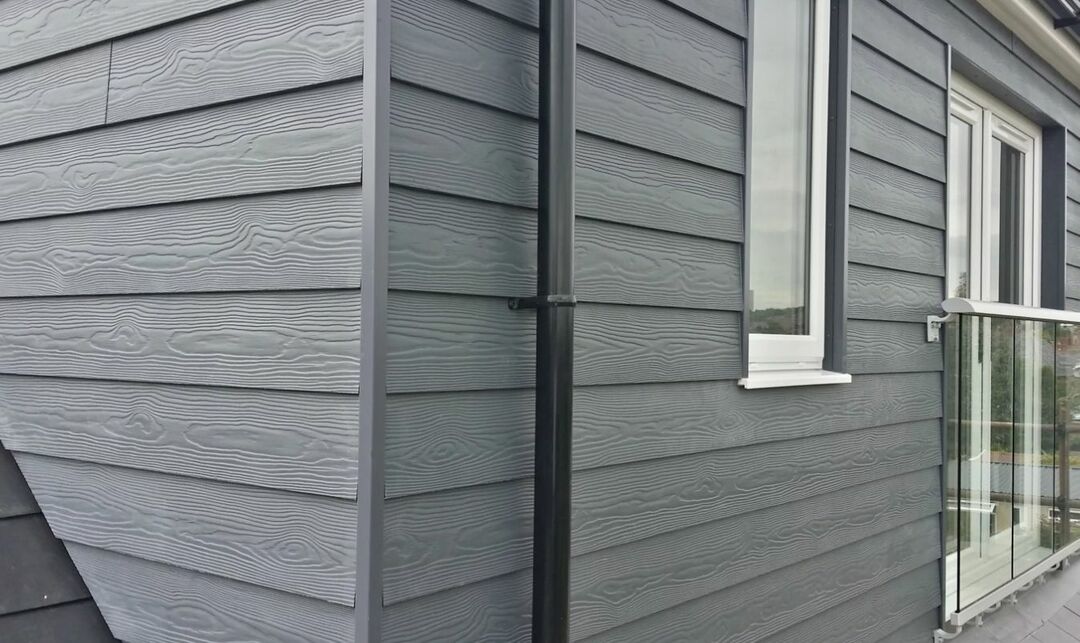
Natural and artificial stone
Natural stone, such as sandstone, is often used for facade cladding. It differs in origin, appearance, strength, weight. Such decoration will make the building visually attractive and prolong its life as much as possible. The main advantages of this option include:
- Practicality. The material does not deteriorate and does not change its appearance over time, reliably protects the internal elements of the structure;
- A large assortment. You can buy minerals with a wide variety of colors and textures. Manufacturers produce plates, strips, sheets of any size;
- Attractive appearance. Such cladding will distinguish any building against the general background of buildings, even if the decoration is done only partially;
- Profitability. Natural elements can be replaced with synthetic ones. It is difficult to distinguish them from the original, and even surpass it in some characteristics.
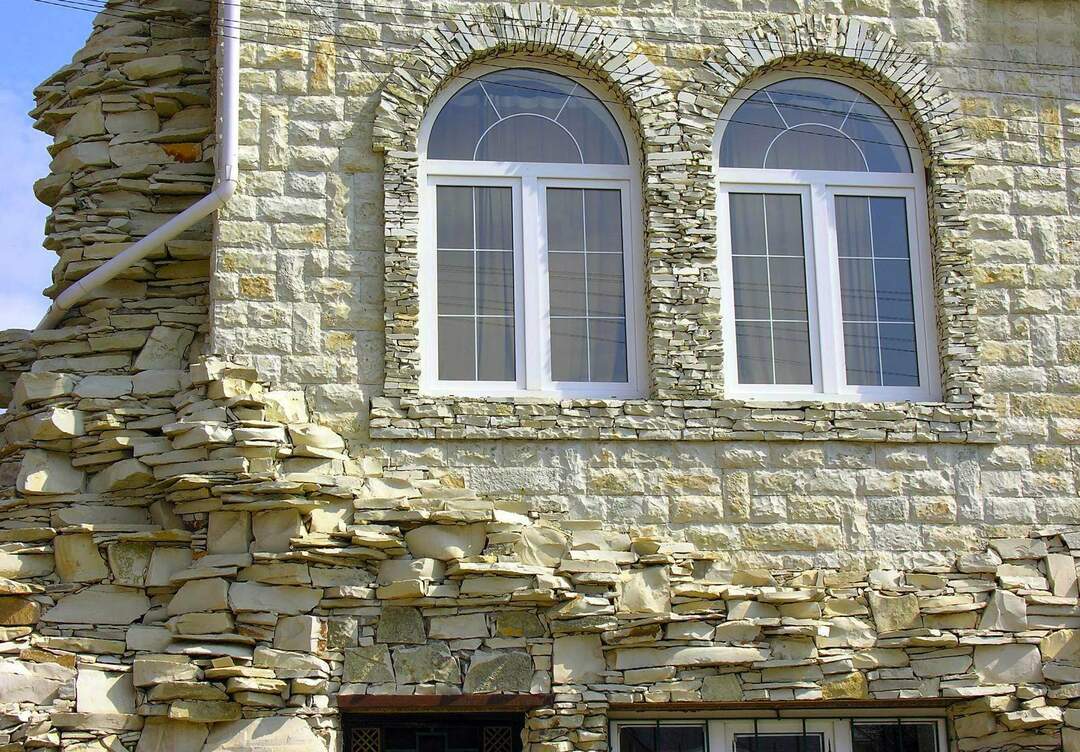
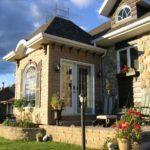
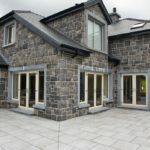
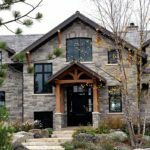
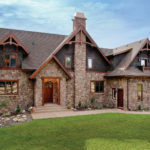
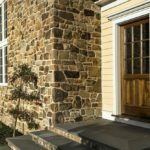
Facade porcelain stoneware
The high cost of such elements is justified by its improved characteristics. It does not support combustion and is therefore often used to create barriers. Subject to all operating conditions, its service life reaches 50 years. Thanks to the excellent technological characteristics of porcelain stoneware, the tiles are easy to process and quickly assembled.
The installation can be done by hand only if you have certain skills in working with the material. Poor performance can lead to high financial costs and become a threat to people's lives.
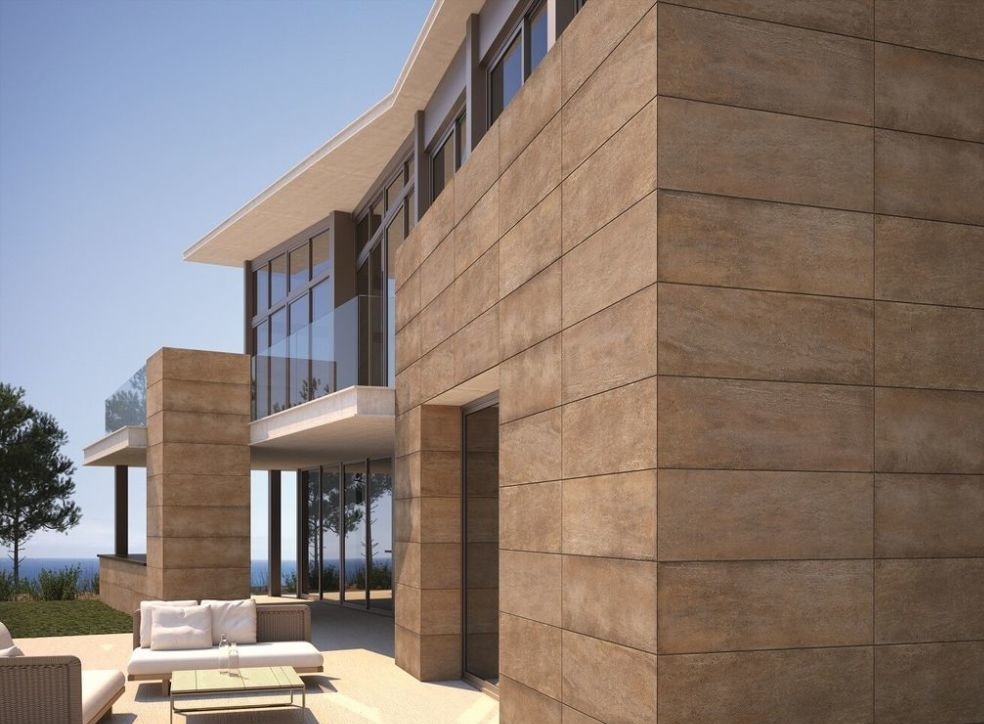
Pros and cons of sandwich panels
Main and facing sandwich panels are used for facade cladding. They are plastic or mineral insulation located between two metal sheets. The inner side of the vulture element is left smooth or corrugated, and the outer side is decorated with wood, stone, or plaster. The main advantages of this type of finish include the following factors:
- Low weight;
- Cellular structure;
- Environmental safety;
- Possibility of installation at any time of the year and in any weather;
- Resistant to fluctuations in humidity and temperature;
- Affordable price.
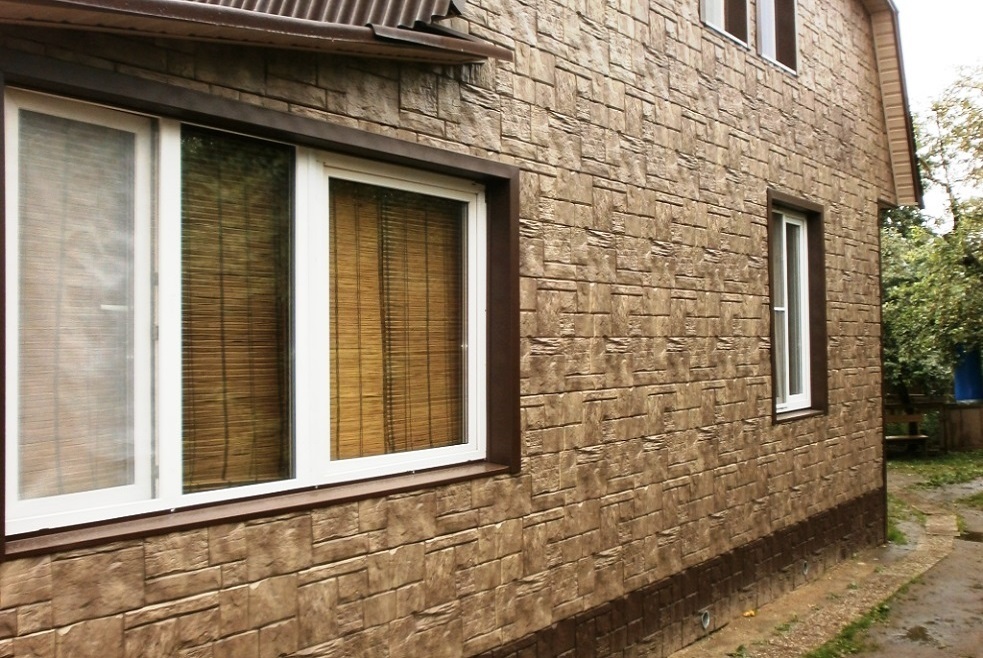
Of the shortcomings, a high probability of mechanical damage can be noted. Also, at the junctions of the elements, cold bridges can form over time. You can avoid negative consequences during operation if you strictly follow the installation rules.
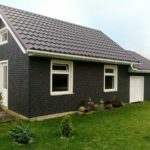
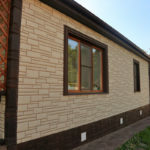
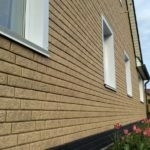
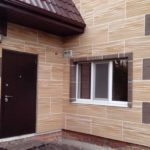
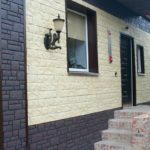
Ventilated facades
Thanks to the special device, the materials have extremely positive qualities. They help to maintain optimal moisture content in the wall structure and in the room itself, protect the outer surfaces from sunlight and precipitation. They also perfectly hide defects and cracks in the walls.
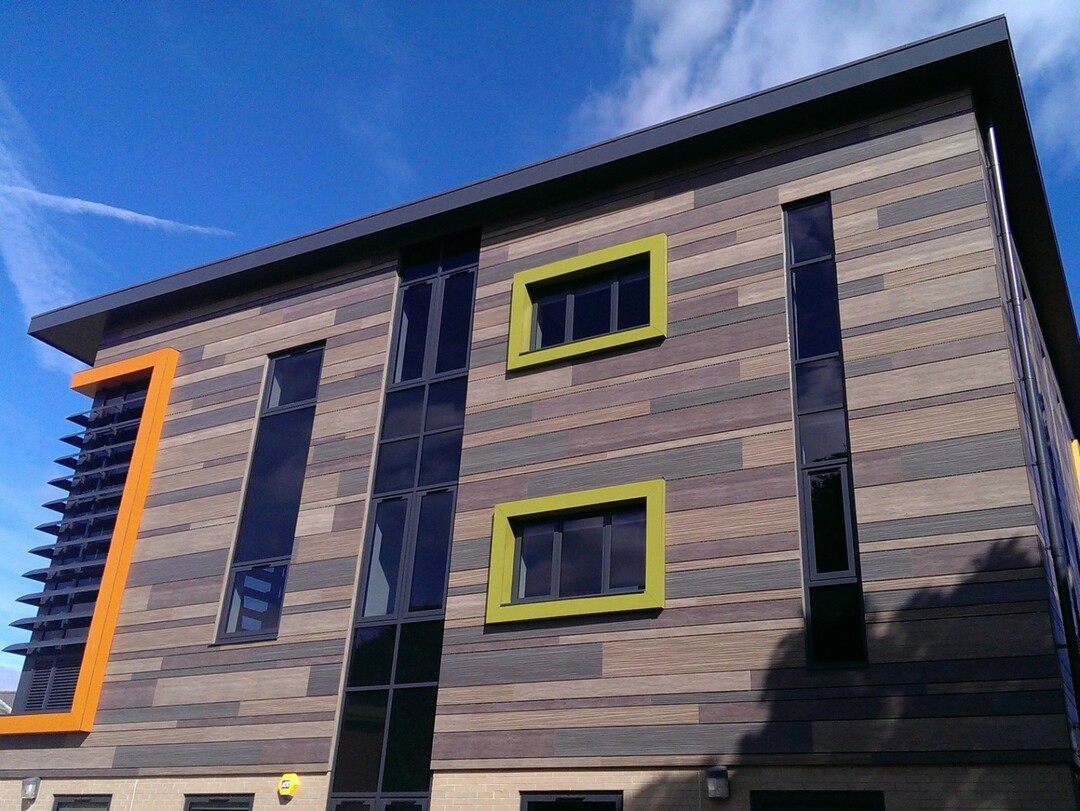
The cladding can be presented in a variety of materials. Each version of the filling and facade will provide reliable protection and a modern, beautiful appearance. It is better to decorate the walls taking into account the peculiarities of the region where the building is located.
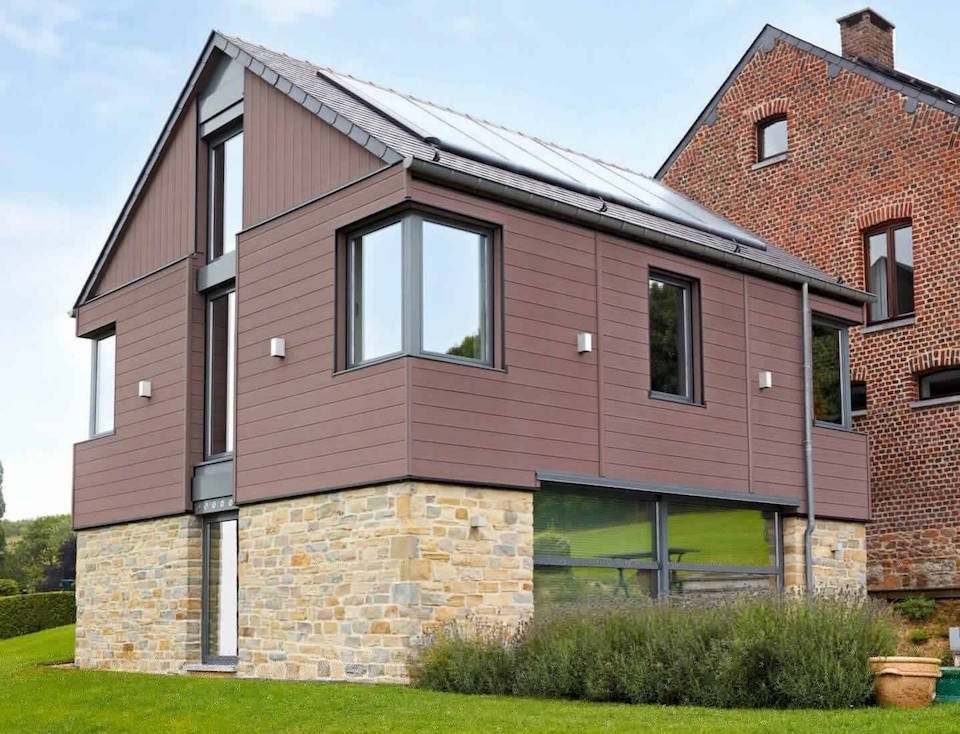
The positive qualities of ventilated facades will be realized only if the elements themselves are made of high-quality materials and competent installation has been carried out. The recommendations of the manufacturer, the thickness of the filling, the level of permeability, frost resistance and other indicators must be taken into account.
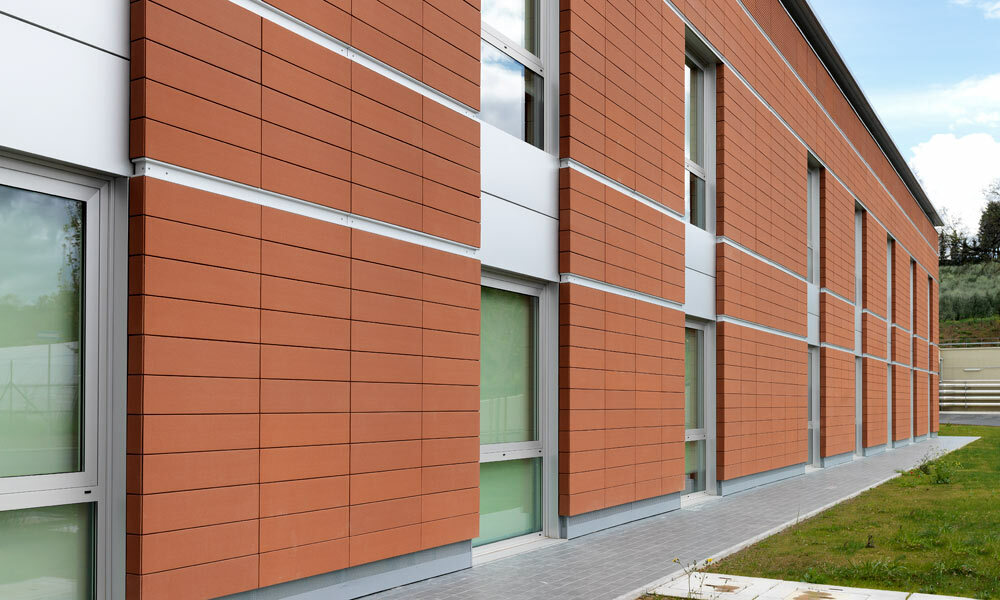
Facade cassettes
The main feature of such products is a square, rectangular shape. Most often they are made from a specific metal or alloy. The edges of the elements are bent inward, which makes them look like boxes. For fastening, they have special holes and folds in the upper part. Attach metal parts to the wall using self-tapping screws or rivets.
With the help of facade cassettes, you can easily change the appearance of a building, create a ventilated finish, and improve the exterior. They are also often used as a budget option when carrying out reconstruction work, according to the previous photo.
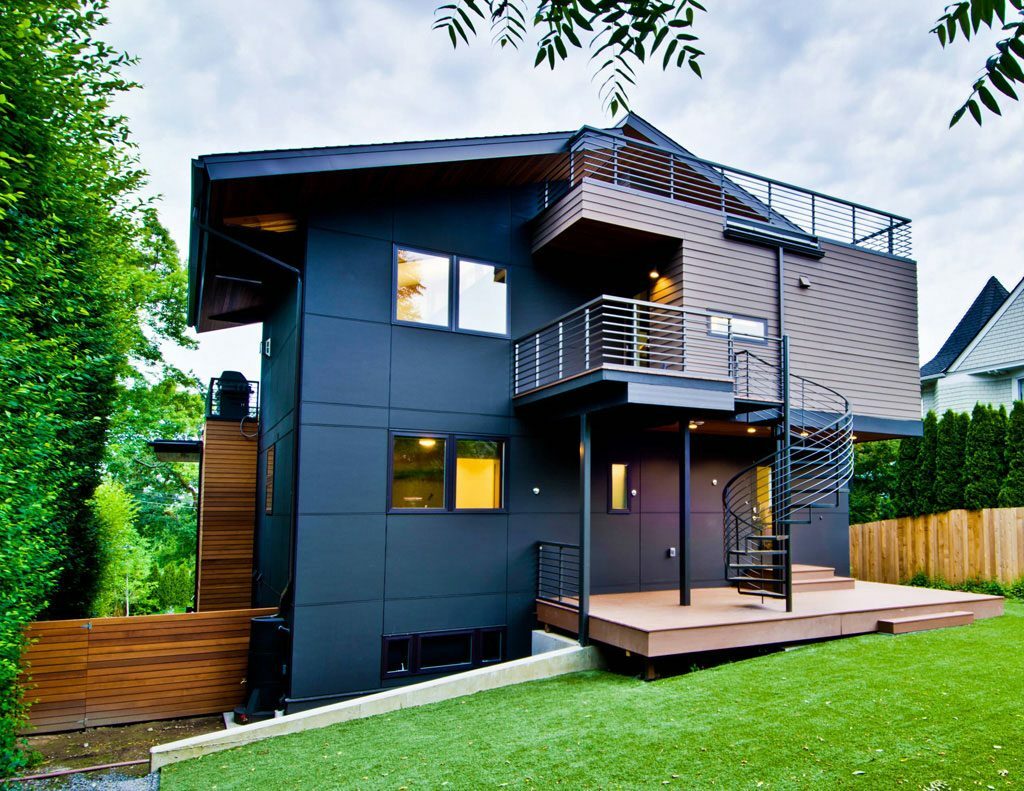
Thermal panels for the facade
Modern material has many interesting properties. Externally, thermal panels resemble brickwork. They consist of several layers. Usually this is a base, a filling for thermal insulation and a decorative coating. The special characteristics of a dense, durable material allow it to be used in regions with constantly negative temperatures.
Due to their low weight and large area, the products are easy to assemble. Individual elements are easy to lift and cut. Due to the locking joints, the parts are easily assembled and joined. The use of thermal panels allows you to reliably protect walls from freezing, moisture, mold.
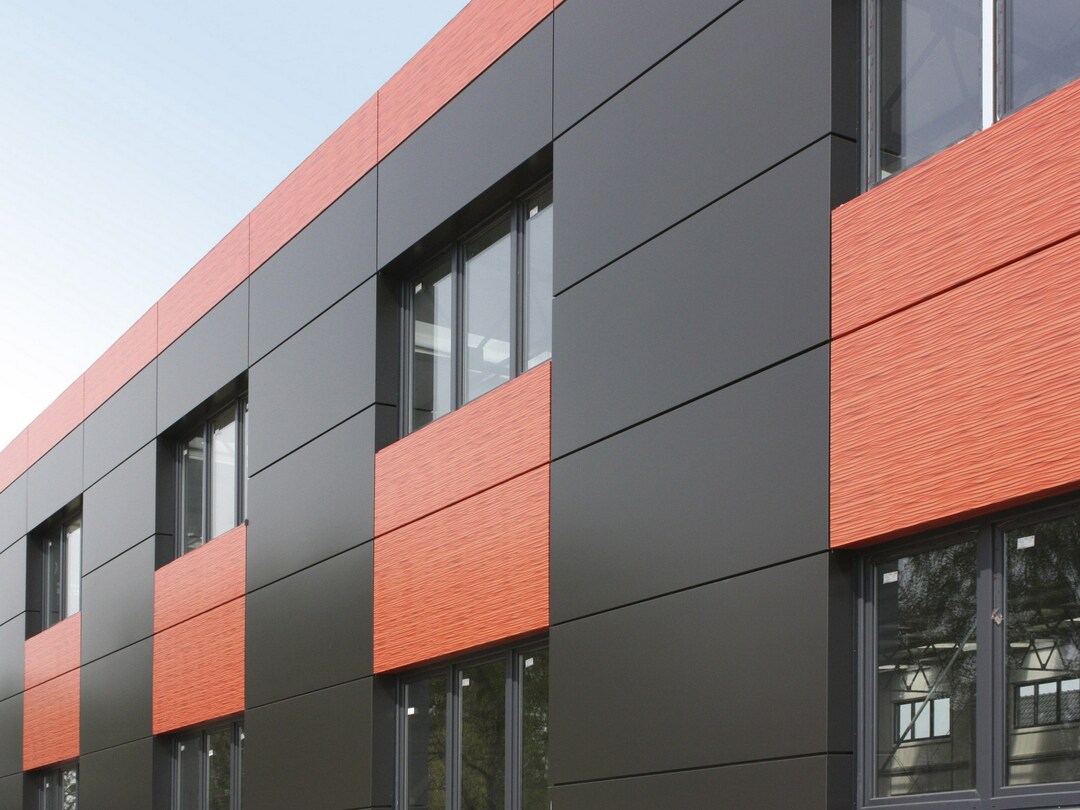
Glass Panels
The advantages of this finish depend on the type of material chosen. First of all, all glass elements protect the facades from the influence of ultraviolet radiation and other harmful external influences. With a sufficient level of strength, they look fragile and weightless. Such panels are capable of withstanding any load according to their category. It can be impact resistance, burglar resistance, and even bulletproof elements.
Among the shortcomings, it is possible to note the complexity of installation, design and difficulties in calculating the design of the interior glazing. Also, the disadvantage is the high price of the elements themselves and the installation of the frame structure.
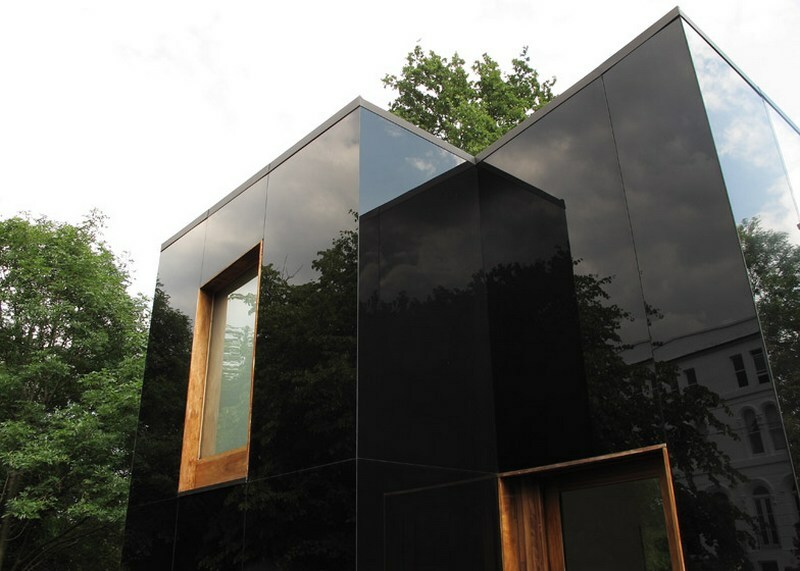
What materials and how to combine correctly
Combined can be considered one-story or two-story houses, which have a design composed of several building materials. Each type of element can occupy a different proportion. The following combination options are most often used:
- Combination of several textures of soft wood;
- Decorative stonework together with any interpretation of logs;
- Combination of stone and wood in a smooth or textured format;
- Alternate laying of stone and brick;
- Combined use of foam block, aerated concrete and timber in the attic.
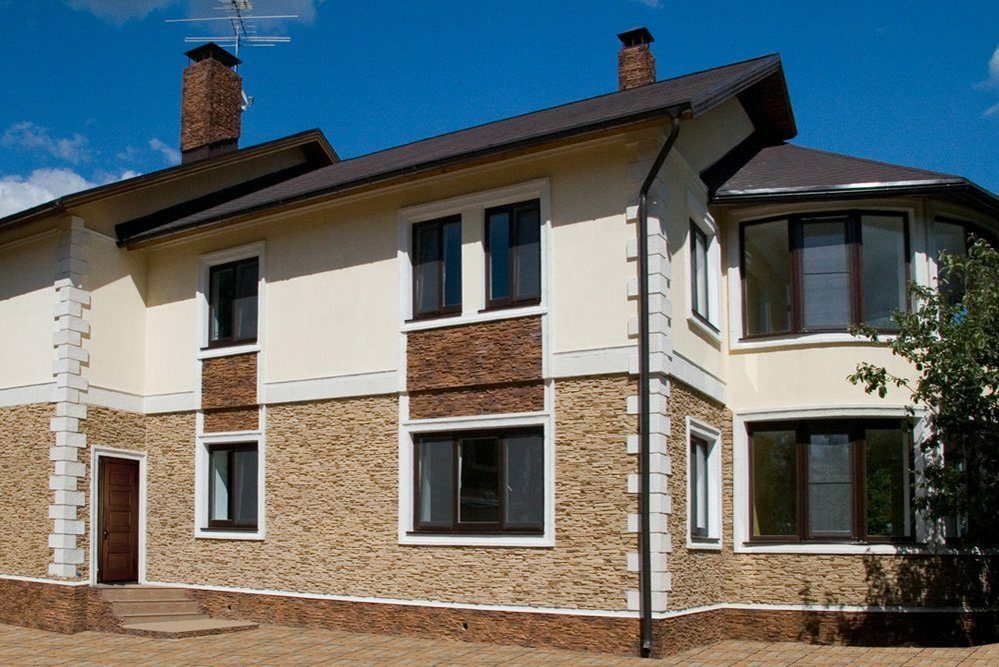
What to look for when choosing a material
Before choosing a finishing material, first of all, you need to understand its characteristics. Is there a need for insulation and soundproofing of a standard building or chalet. The weight of the individual elements and the overall structure is also important. If this indicator is large, special attention should be paid to the foundation. For buildings made of wood, finishing materials with a high fire safety index are suitable.
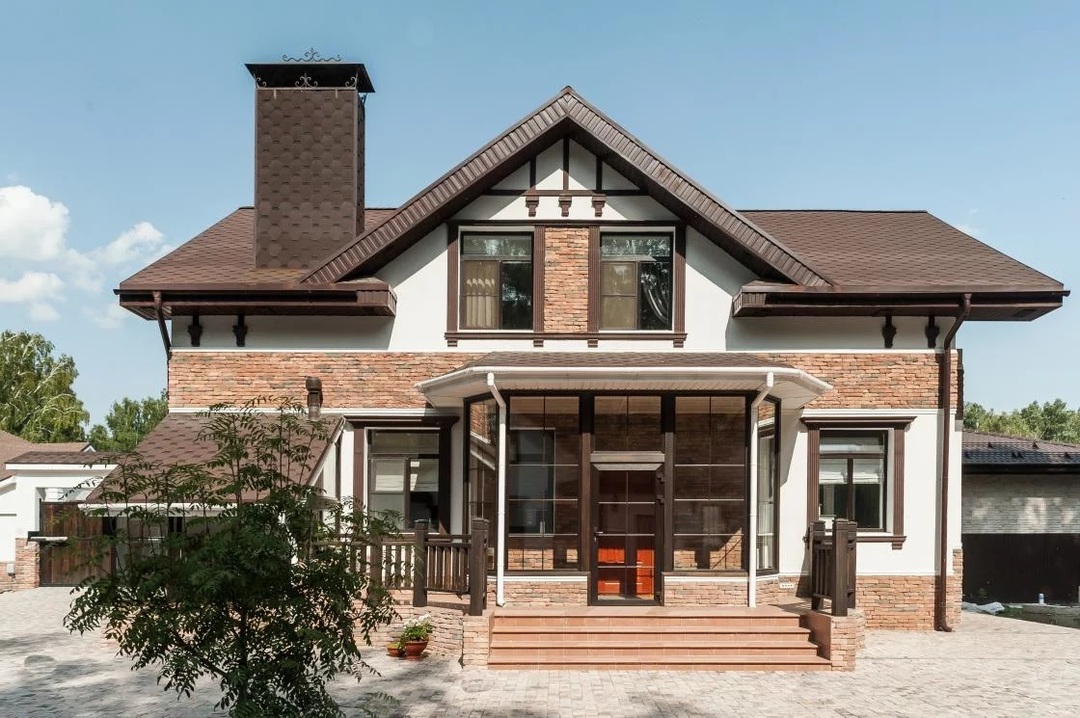
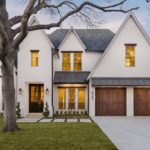
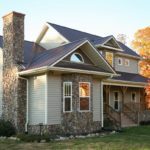
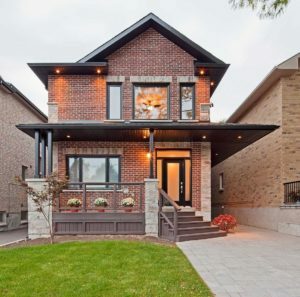
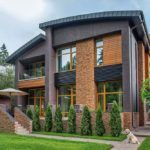
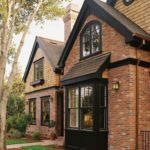
Stylistic and color design
The facade is the hallmark of any home, therefore it is necessary to choose its color design with great responsibility. To sheathe the walls, it is necessary to use only high-quality material so that it remains bright for as long as possible and does not fade over time. When choosing a color, professional designers recommend adhering to some rules. The cottage must necessarily fit into the surrounding landscape. Also, do not highlight the house too much against the background of neighboring buildings.
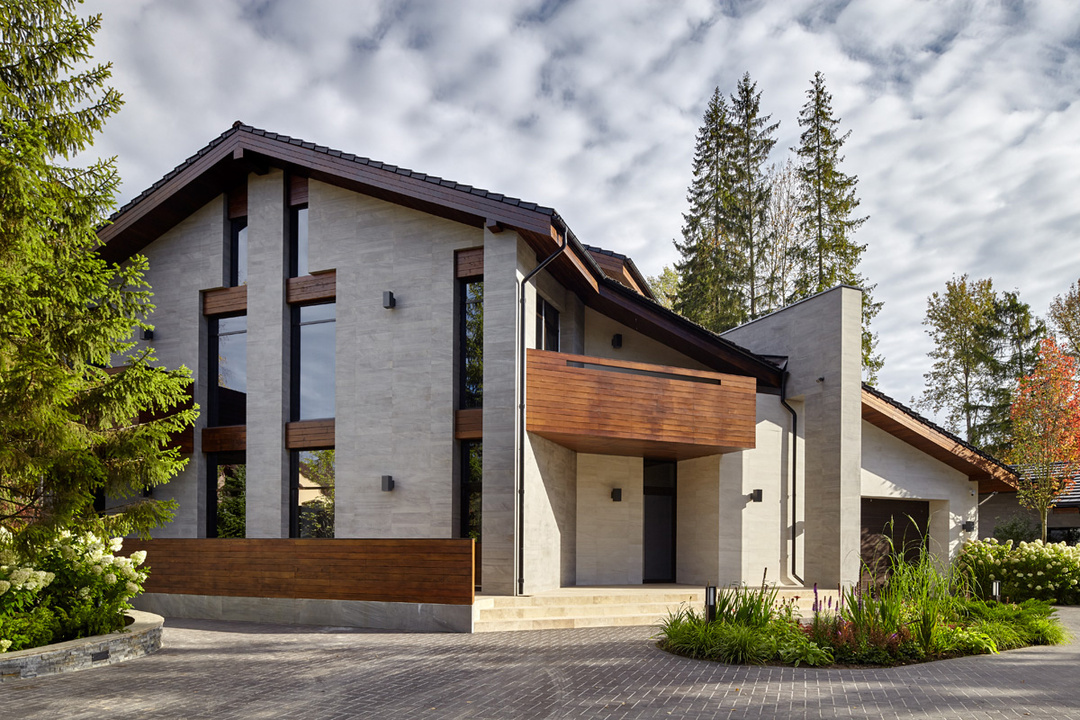
For wooden houses, pastel colors are suitable. If the building is old, then it is better to leave the color, originally conceived by the architect on the project. A house resembling a castle can be sheathed with materials in the color of natural stone or laid out with bricks. You should first draw up a detailed drawing.
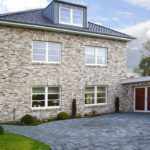
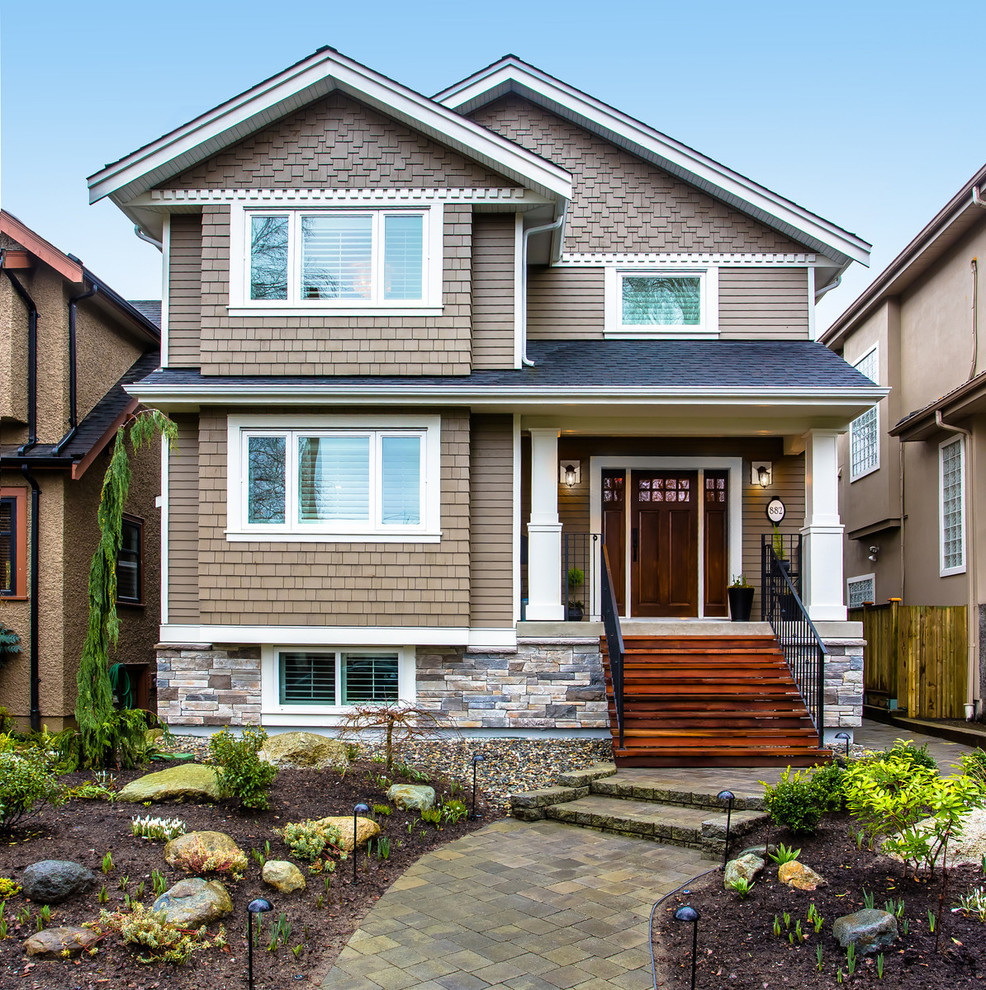
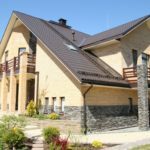
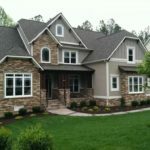
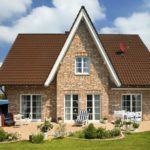
Price and quality
When choosing a material for finishing the facade, attention is paid not only to its practicality and durability, but also to the correspondence of price and quality. The cladding must comply with all standards of aesthetics and reliability. But you should not buy the most expensive items for work, without full conviction that such a decision will be justified.
Not every family can afford to choose any finishing option and install it inexpensively. Many private home owners choose elements at the expense of visual beauty and even functionality. To carry out the installation of the most budgetary option cheaply, it is necessary to initially determine the main aspects of the choice.
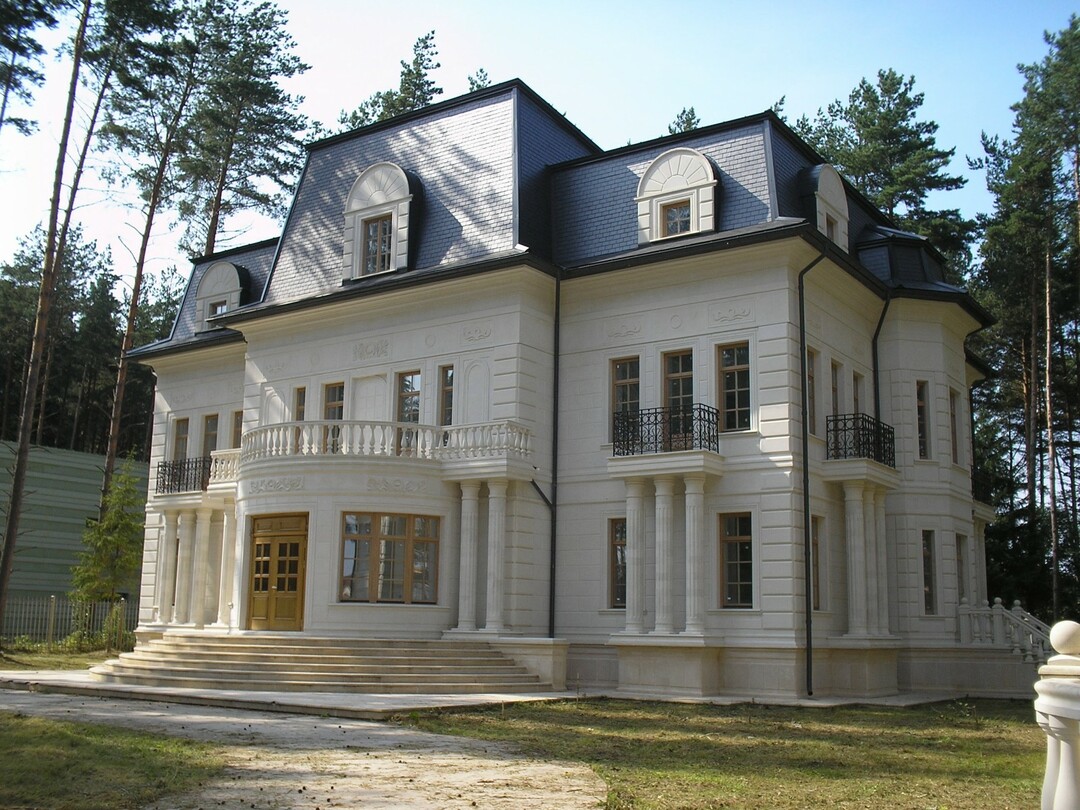
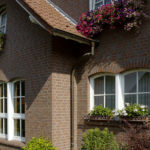
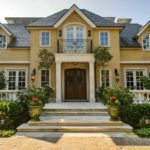
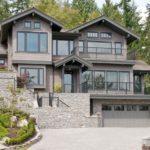
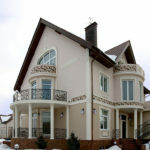
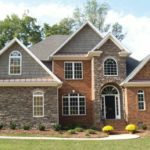
Conclusion
Facade decoration is becoming more and more popular. The demand for such types of work increases the relative availability of materials, their huge variety. By choosing the right type of parts, their color and texture, you can make your permanent or country house truly unique and original. It will always look nice and practical.
